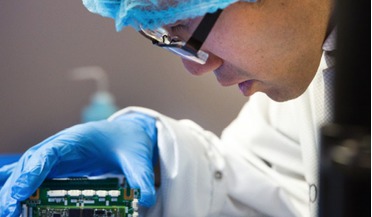 August 2016
Big or small - aerospace innovates through constraints
August 2016
Big or small - aerospace innovates through constraints
.... Meanwhile, in Washington DC, vice-president Al Gore was taking steps to make his vision for a climate monitoring satellite a reality. The satellite, officially called Triana but nicknamed Goresat, was under development to take real time images from...
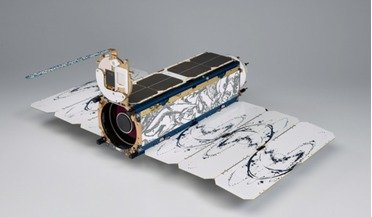 August 2016
Smallsat launch strategy
August 2016
Smallsat launch strategy
... system as a whole remained intact. We would never have been able to mature the technology, grow our expertise in satellite manufacturing and operations, and expand our operational on-orbit fleet so quickly and effectively if we had simply manifested...
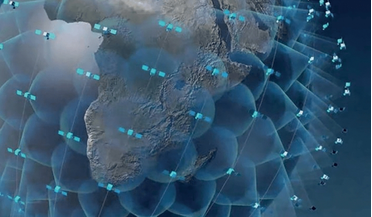 May 2017
Future space applications and their regulatory needs
May 2017
Future space applications and their regulatory needs
... embedded in many aspects of our modern lives, are our servants in space There are three, primary satellite applications today. Satellite telecommunications, remote sensing and Precision Navigation and Timing (PNT). The global space industry today...
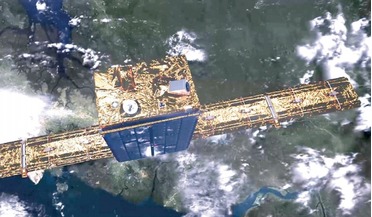 August 2018
Earth observation game-changer
August 2018
Earth observation game-changer
...was to establish a new way of monitoring the world’s oceans. It was designed to demonstrate the feasibility of global SAR satellite monitoring to collect data on sea-surface movements, wave heights, sea ice features and ocean topography. A compressed...
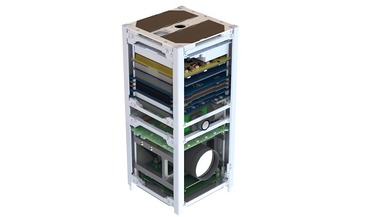 March 2019
International collaboration spawns scalable CubeSat EO payloads
March 2019
International collaboration spawns scalable CubeSat EO payloads
...to support R&D processes. Since the compact Gecko imaging payload first flew in 2017 as a technology demonstrator on the nSight-1 satellite, SAC and ISIS worked to package the imager as a standalone RGB imaging payload for closely integrated CubeSats...
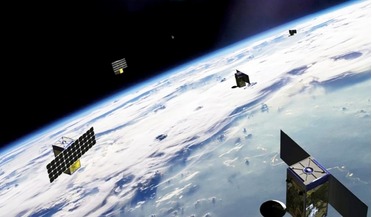 April 2019
The changing economics of space
April 2019
The changing economics of space
...This generally comes under the heading of in-orbit servicing, which means attaching a servicing spacecraft to a target, aged satellite, so that the docking spacecraft can manipulate it. There are several ways in which this hard docking of a servicing...